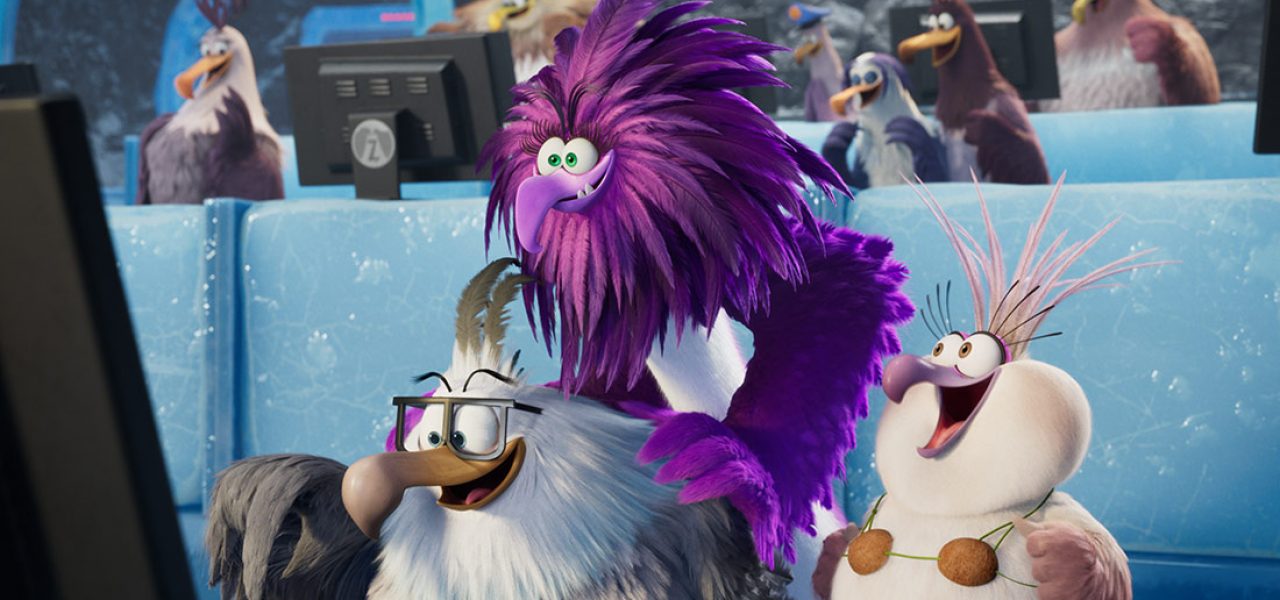
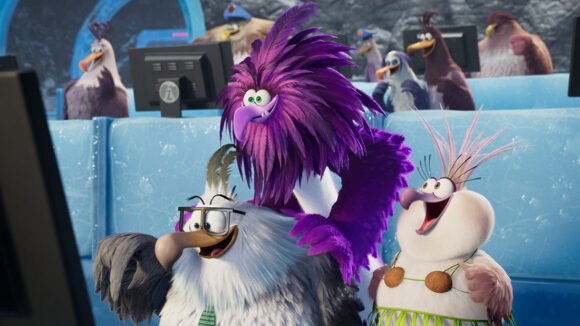
Interview: ‘Angry Birds 2 Movie’ Director And Producer On Defying The Franchise’s Video Game Origins
A director with a refined creative sense and POV can make a huge impact on an animated feature, even one that is based on a well established franchise. Case in point: The Angry Birds Movie 2.
The film marks the feature directorial debut of Thurop Van Orman, and though he had never directed a full-length project before, he came to the project with a well developed approach to animation, thanks to his decade-and-a-half of experience working in the tv animation industry. Best known for creating the Cartoon Network series The Marvelous Misadventures of Flapjack, Van Orman also worked as supervising producer on Adventure Time and Sanjay and Craig, and co-developed and executive produced the Dreamworks series Home: Adventures with Tip & Oh.
John Cohen, the producer of this sequel as well as the original Angry Birds Movie, tasked Van Orman with advancing the franchise based on the popular Rovio Entertainment mobile game and encouraged him to take more creative liberties with the world and its inhabitants. Van Orman delivered with a film that has already received considerable praise from critics for its dark humor, adult-oriented references, and female empowerment messaging. The star-studded sequel introduces several new characters, including a memorable villain named Zeta (SNL’s Leslie Jones), and an entire new location for the bird and pig adventures to unfold: a frozen island.
In Cartoon Brew’s interview with the Van Orman and Cohen, they spoke about how they were able to set aside the video game origins of the IP, how they pushed for more edge-of-your-seat-worthy action sequences, and the differences between directing for tv and feature.
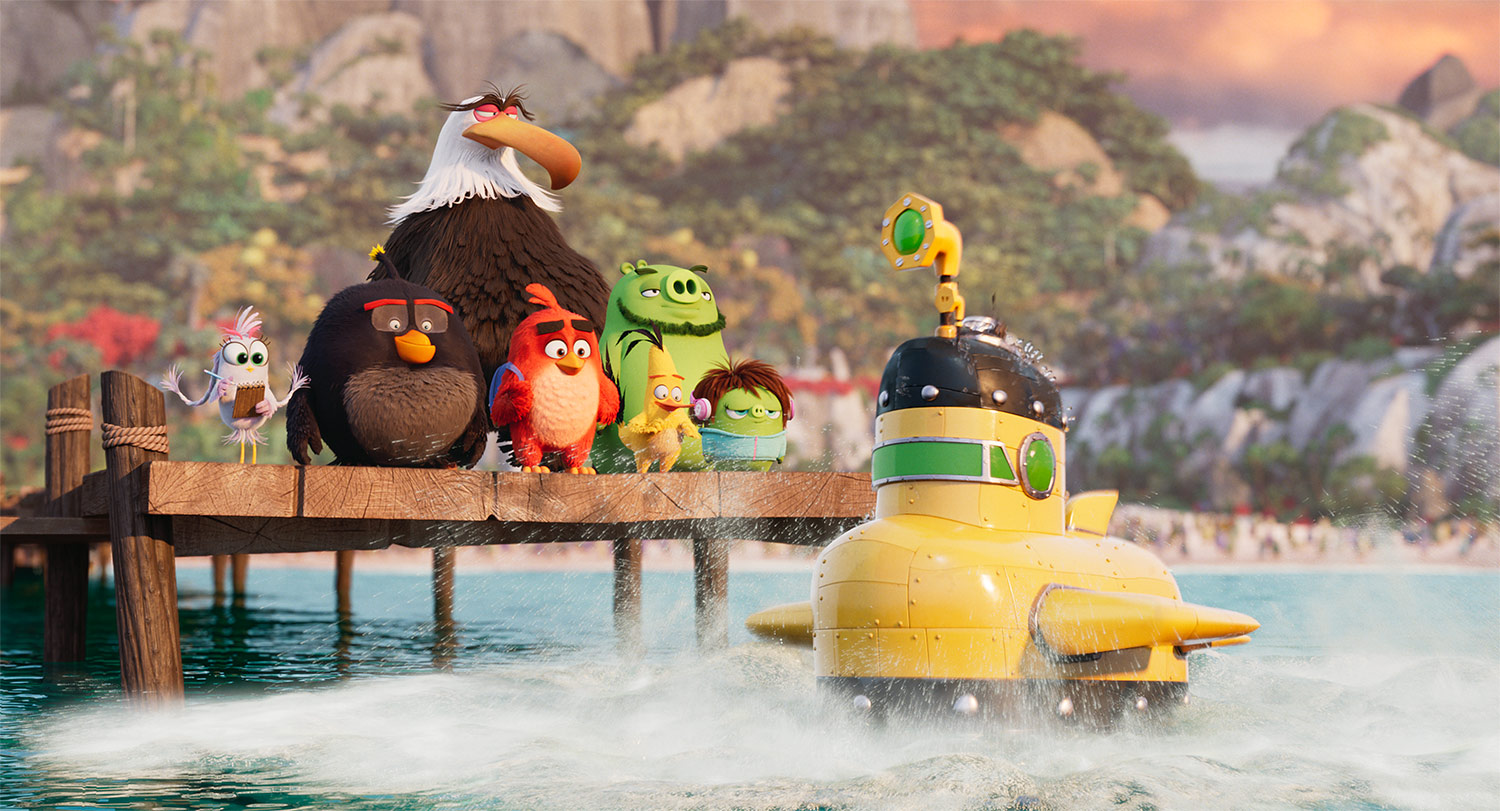
Cartoon Brew: Coming off of the success of the first film, did you feel like you were able to evolve or transform the franchise in any way, or perhaps give it a different twist?
Thurop Van Orman: When I signed on, the goal was to elevate it from a movie about a video game to a movie about these great characters that they established in the first movie, and I think we did a really good job of it. I don’t want to speak for John, but I think that was John’s goal too, and John had really great ideas for the film before I even came on to it.
John Cohen: We had fun with the first movie bringing the game to life and honoring all the things that people liked from the game, and expected to have in a movie based on the game, but what was so cool about The Angry Birds Movie 2 was that we could move beyond it, and we could really go in whatever direction we wanted. One of the things that was on our mind, and Thurop and I talked about quite a bit through the making of the movie, was that the audience is probably expecting certain things from this movie. They’re expecting more of those battles between birds and pigs, because that’s what only happens in the Angry Birds games, and it was exciting to us to give them something that they totally didn’t expect, something very different, which was introducing this new villain, that the birds and pigs are forced to team up and work together to take on.
Van Orman: I used to work in video games, that was my first job in animation actually, and in video games, you’re looking for something totally different than you’re looking for in movies. In video games, they say it should take you a minute to learn and a lifetime to master, so you never really progress in a video game, and that’s the idea of it. You just don’t really ever get anywhere, and you should know who the characters are through and through within a minute; and with a movie it’s totally different, because you want to peel back the layers slowly. You don’t want the audience to know everything you want them to need to know before you give it to them.
In terms of the visual elements and the animation itself, was there any sort of evolution from the first one to this one? How were you able to put an imprint on the film in terms of design?
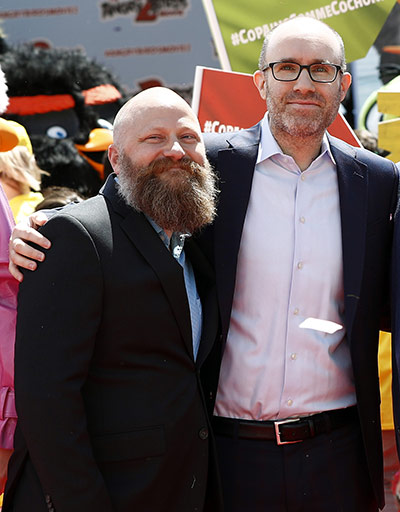
Van Orman: There are some things where you obviously have to stay true to what they did on the first movie, but I think that we were really able to push it on this movie. Environmentally, we were able to go to completely different places than you’d ever seen before in the video game or the first movie. We really fleshed out the world too, as far as the pigs, with some of the new characters, like Silver and Veta, and Courtney, the character played by Awkwafina. In the first movie, you’ll notice that they’re all male characters, and we were able to really diversify on this movie, which was a lot more fun.
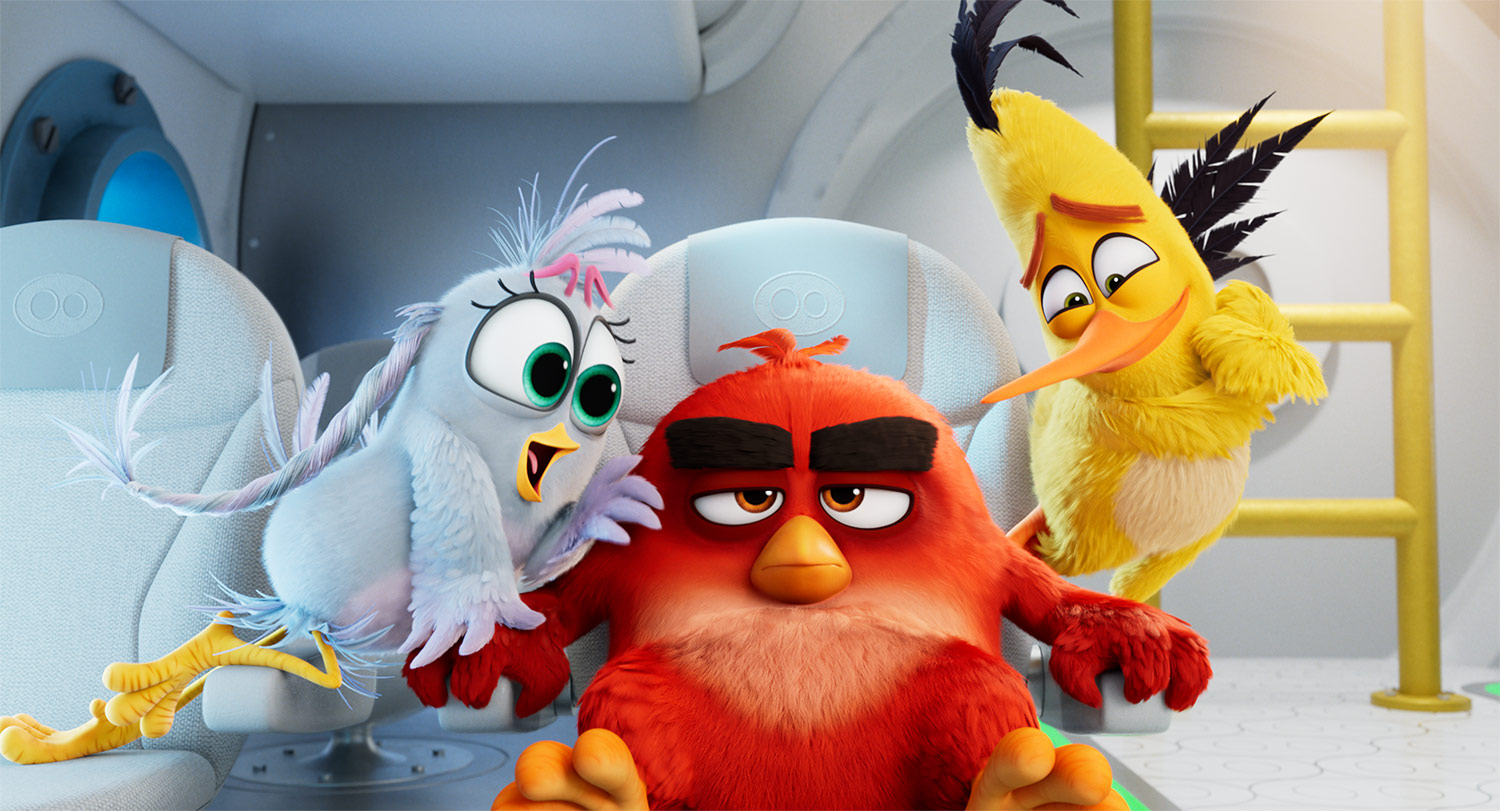
John, could you talk about the relationship with the Finnish company Rovio, who are the creators of the original game, and what they wanted to remain intact from the games, and how much freedom you had to play with the characters and the world?
Cohen: Especially on this movie, we were given a great amount of freedom to make a great movie first and foremost, and they were so supportive of that. As we shared the movie with them, the designs with them, all of the storyboarded scenes with them, everything along the way, they were just jumping up and down and excited to start to integrate some of those ideas into the games, and really embraced the idea of us telling a story that veered away from what they had in the games, and that was something that we really, really appreciated.
This time around the action sequences felt very elaborate in terms of the visual complexity and their stakes. What was the approach to these set pieces in the sequel? Did any in particular present previously unexplored animation challenges?
Van Orman: The hardest thing to figure out, which is actually such a simple thing, was the weapon that Zeta uses, as well as figuring out the piece the heroes have to take out in order to destroy this super weapon. It’s weird, because we knew pretty much what it had to be the whole time we were evolving the story, and digging into act two and three, but it’s interesting that finding the simple version is so hard, because we needed it to be really clear what they’re trying to do. So we went in circles with that for a while, and I don’t want to spoil anything, but just trying to figure out how they’re going to stop the super weapon so that the audience could grasp on to it was pretty tricky.
Cohen: We also wanted it to be super entertaining, so in finding the clear idea, we also wanted to figure out how this clear idea could lead to a really edge of your seat, fun act three action sequence in the movie, and there were a lot of things that inspired us as we spent quite a while working on it. One of them was Back to the Future, and again, without giving away any details, the way that Thurop and our storyboarding team lead by Sean Charmatz and also our co-director John Rice, constructed the last 15 to 20 minutes of the movie is so spectacular, and every time I watch it I still find myself getting tense and also just really having a fun time.
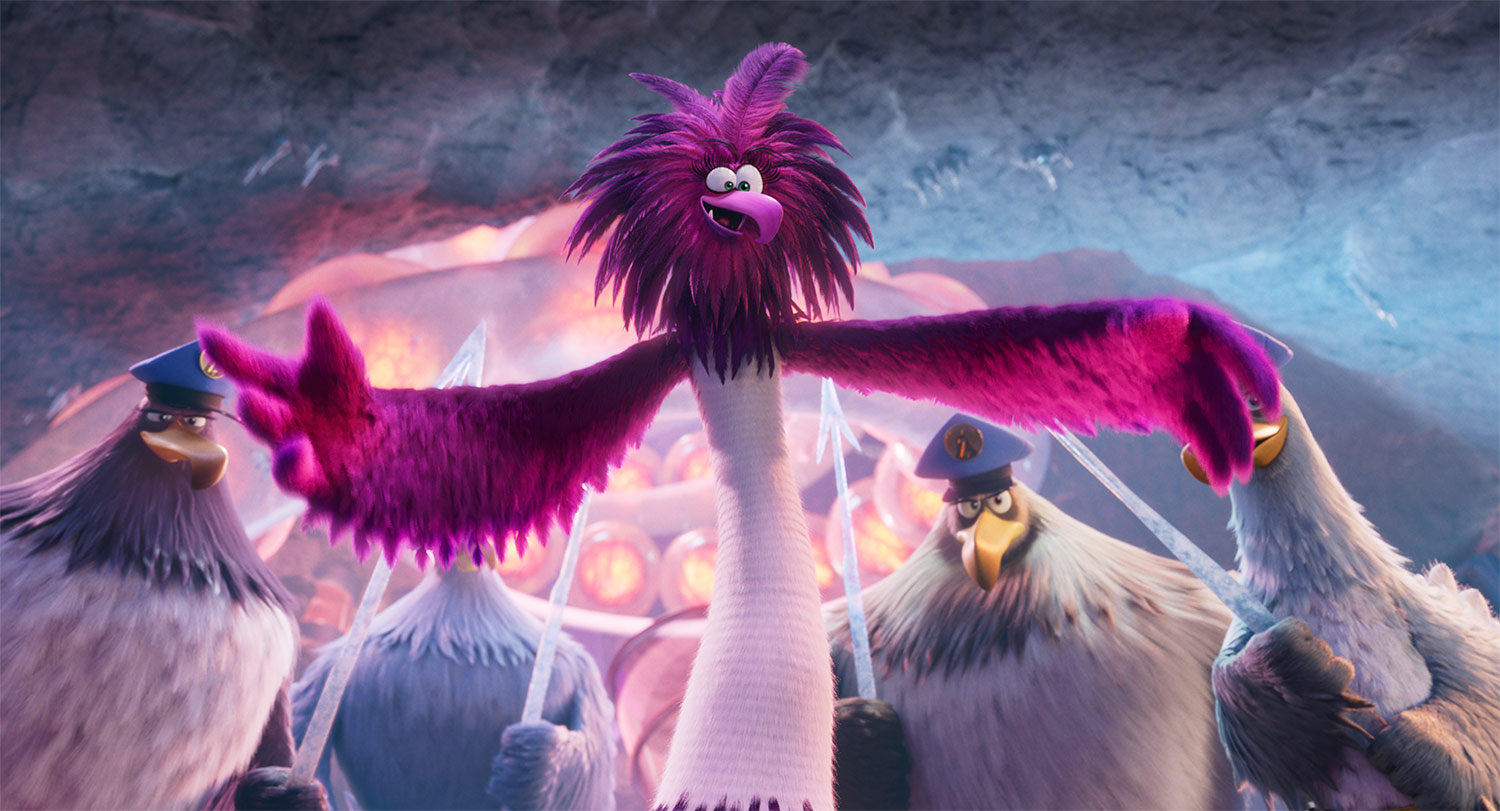
An element that you introduce in The Angry Birds 2 that wasn’t in the previous film is the frozen island where Zeta lives, and the textures that come with that. Can you talk about creating this new environment for the world?
Van Orman: The land of Zeta is cool because it’s fire and ice, and we wanted to make sure the ice didn’t come across as bland and monochromatic. We didn’t just want a bunch of white blue, but what’s cool about ice is that it really refracts the color, so you can have a lot of nuance artistically playing with ice, and then with the lava too. We took a lot of inspiration from lava lamps, because we wanted it to be magical, and not too freaky and fire-y lava. We played around with the colors of the light shining in that lava to make it have that cool lava lamp feel because we wanted the moments where there’s a lot of tension in act three and the end of act two to feel really tense without feeling like a horror movie, and I think we pulled that off. You’re in the villain’s lair, in this enormous volcano of ice and fire, and it’s still a place that you’d want to go to, it’s still a ride you’d want to take. It’s suspenseful and thrilling and scary when it needs to be, but it’s also a magical place that I’d want to go hang out in.
Cohen: One thing to add to that is the concept of Zeta’s entire world was created by our incredible production designer Pete Oswald and his team, including Jeanie Chang and Alger Tam. They created the most visually spectacular art and paintings, so we worked extra hard to try to bring to life and honor their original vision. The team at [Sony Pictures] Imageworks, especially those lead by [DFX supervisor] Stirling Duguid, did an incredible job of doing that.
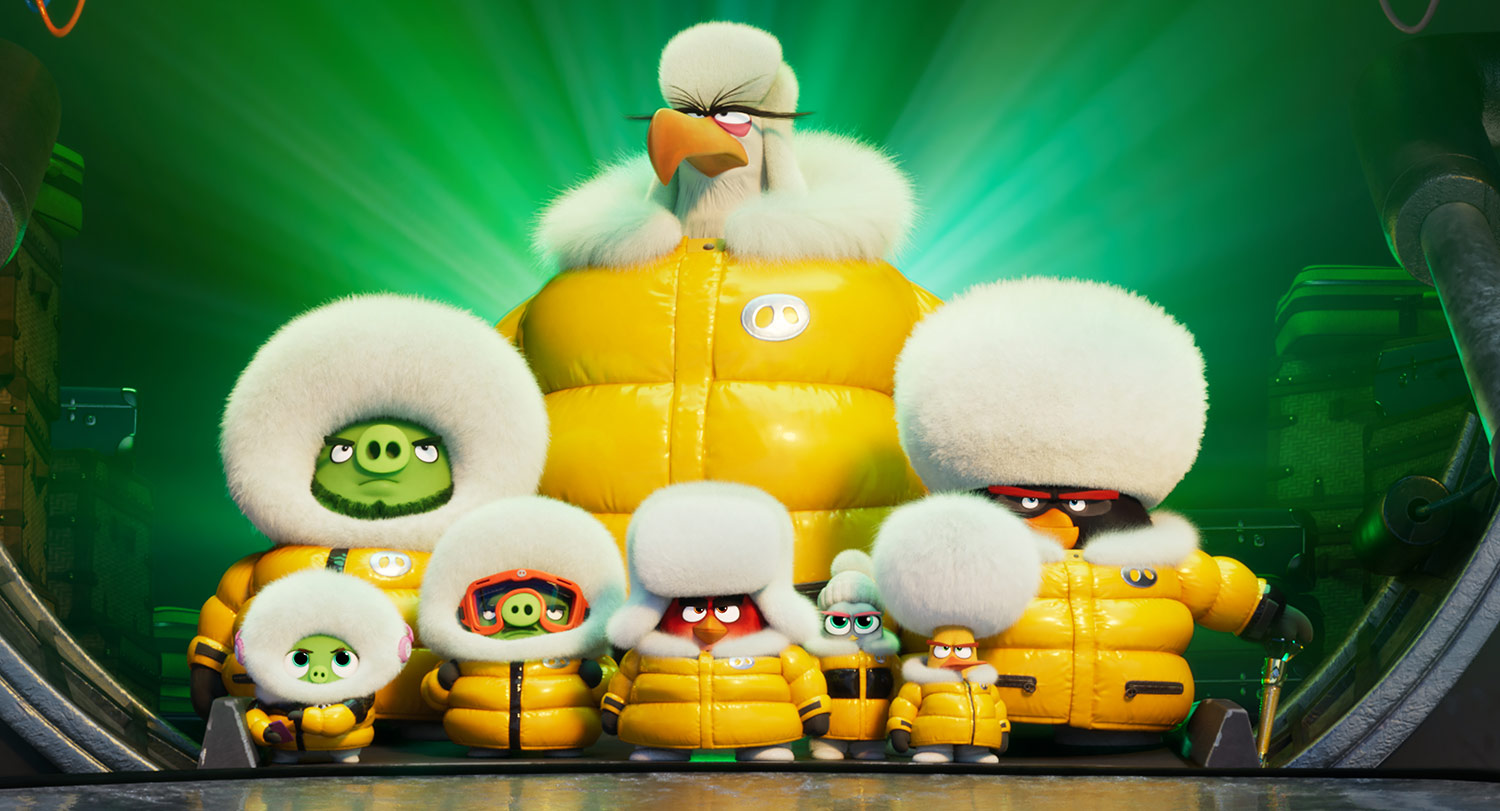
Thurop, you previously worked extensively in episodic television. How was the transition for you directing a feature film, especially one that’s a sequel?
Van Orman: It was different. I was ready because I had done some film work, but what surprised me a little bit was that generally in stories for features, you have more time than you do in tv, In tv you’re like, ‘We’ve got to hurry and figure this out now because we have an air date,’ and you really have to hustle. So we did that at the beginning of this movie, we really hustled, so that we didn’t have things animated from the first act that didn’t go with where the story ends up in the third act. We wanted it all to set up and pay off, so we did work really fast and hard at first.
However, what surprised me the most is that in tv, the storyboard phase is so much more experimental, because you have so much freedom to just try things out. In features, studios are plunking down 65 million dollars or whatever for this movie, so you can’t just take chances. We really tested every joke and kept drilling it and pushing it further and further, and I guess I didn’t anticipate that. I didn’t anticipate spending so long honing one single joke, and then once we found those jokes worked, we really milked them.
And then the last half also really surprised me, after the storyboard phase, because in tv you send things overseas, and you don’t have the animators that can spend time to focus on making a scene incredible, with a few exceptions. When you send storyboards overseas to get animated, they get a little worse, and then you have to fight to make those jokes work as well as they did in the animatics. And in features, it’s crazy how much better it gets. The animators are the best in the world, and make the performances not just funnier but real. You feel like these characters are real, sentient beings because the animators are not just technically amazing, but their acting chops are just incredible.
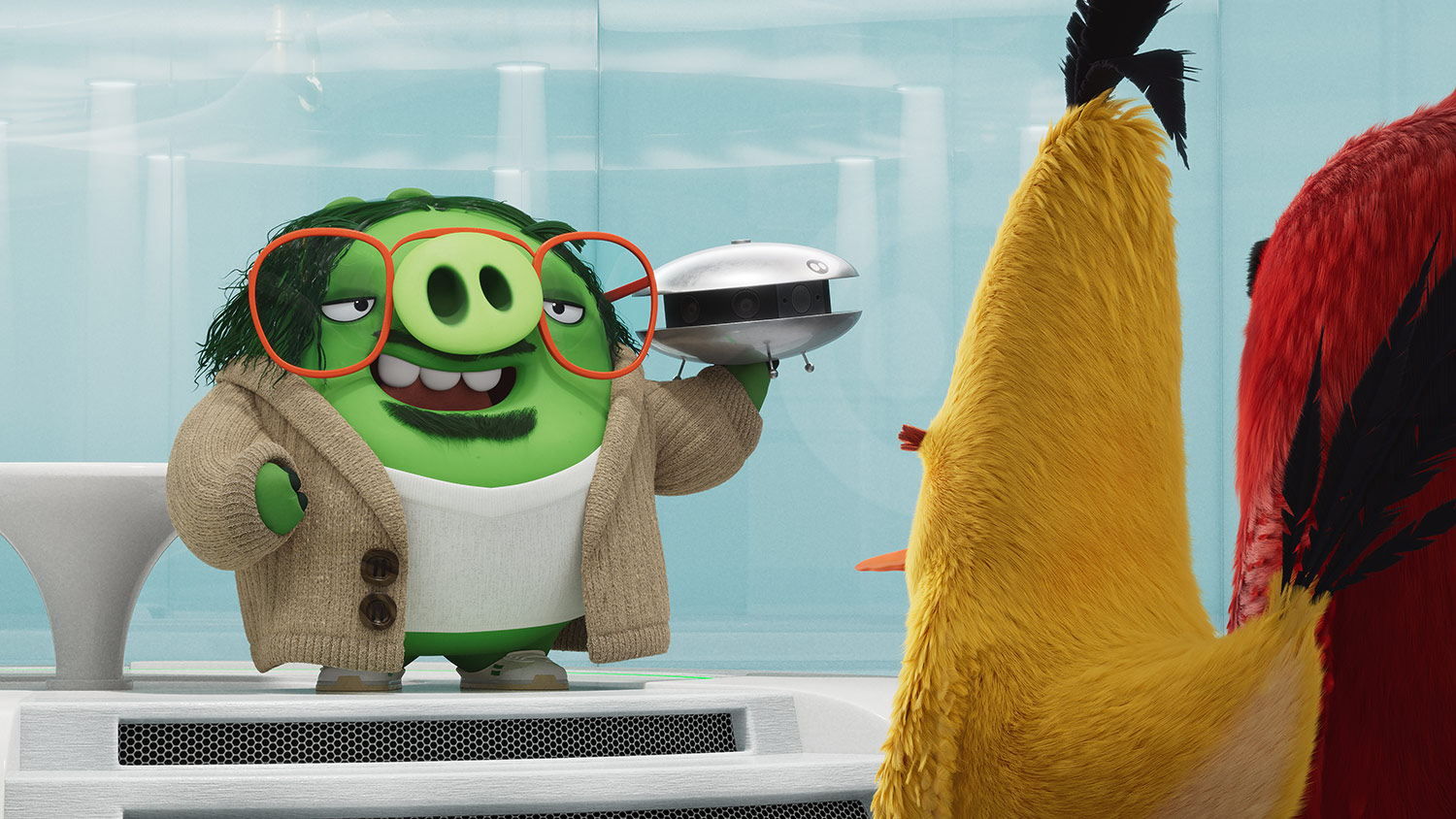
You’ve also created a Cartoon Network series and written for multiple shows. How do you think that work prepared you in terms of feature directing?
Van Orman: It was invaluable to be able to work really fast and come up with the basic three-act structure of a story. The way we treated this movie was very similar to how we treat a storyboard-driven tv show, where you block out the main plot points, and then you let the storyboard artists really hone the jokes visually instead of being dialogue driven. It was very much a team effort with the storyboard artists, the head of story, the co-director, coming up with a lot of the jokes and a lot of the story as we went along scene by scene. We used the script as the blueprint for the basic skeleton of the story, but moment-by-moment, it was very storyboard driven like in my tv days.
John, one major thematic point in The Angry Birds Movie 2 is its message of female empowerment. How early did this concept come into play in the film’s creation?
Cohen: It was always something that was a part of our ideas for the movie, and we really wanted to have some fantastic new characters in this one. It also came from working with our partners at Sony Animation throughout the making of the film — Kristine Belson, Pam Marsden, and Eric Tovell — who were so wonderfully creative throughout the entire production. We were always excited about that idea, and we’re all very proud of the new characters, and especially excited when we’ve heard the reactions from the audiences that we’ve shown it to. Hearing the things kids said walking out of the theater is really the greatest feeling in the world.
Sony Pictures Animation opened The Angry Birds Movie 2 in the U.S on Wednesday, August 14.

